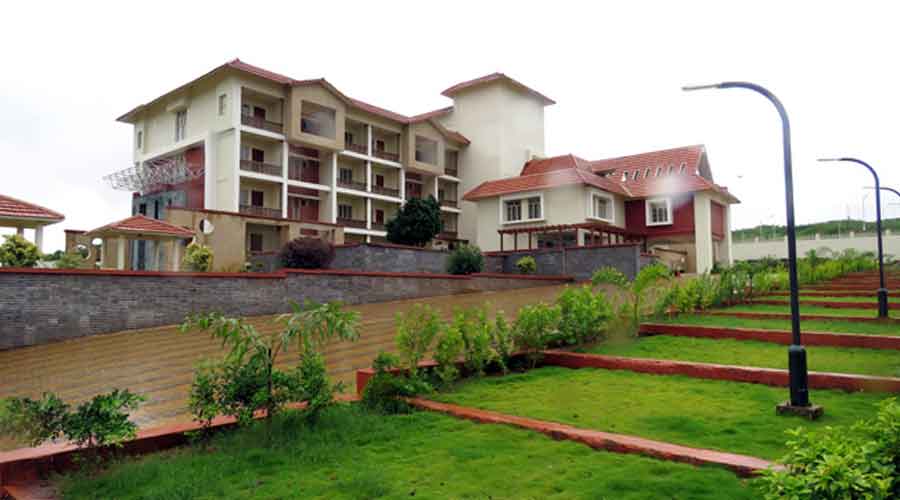A central university has been running with just 11 per cent of its sanctioned faculty strength more than a decade after it was established to promote higher education in a backward region of Odisha.
While the 89 per cent teacher vacancy at the Central University of Odisha in Koraput represents an extreme, the average vacancy across central higher education institutions in the country too is a dismal 35 per cent. (See chart)
On Wednesday, Biju Janata Dal MP Sujeet Kumar mentioned the faculty crisis at the Koraput university in the Rajya Sabha.
“And it is not any private institute or any Tom, Dick and Harry college. It is the Central University of Odisha in Koraput where 89 per cent of the teaching posts are vacant,” Kumar said.
The university has 17 teachers out of a sanctioned strength of 154. Vice-chancellor-in-charge S.K. Palita is the lone professor out of a sanctioned strength of 23. There are no associate professors (sanctioned strength 43) and just 16 assistant professors (sanctioned strength 88).
As long as the university lacks a regular vice-chancellor, it cannot recruit teachers. An email sent to Palita seeking his comments on the situation has remained unanswered so far.
The university was set up in 2009 along with 14 other central universities. The first vice-chancellor, Surabhi Banerjee, mainly worked from Calcutta. Her successor Sachi Mohanty had a running battle with subordinate staff and could not recruit a single teacher. He resigned before the end of his tenure.
In 2019, I. Ramabrahman was appointed vice-chancellor, but remained ill and operated from Hyderabad till his death in July 2021.
“These (vacancies) have serious consequences on the educational landscape of a tribal district like Koraput, which is an aspirational district,” Kumar said during Zero Hour.
A report by the standing committee on education, headed by BJP member Vinay Sahashrabudhe, shows that more than a third of sanctioned teaching posts are vacant in central higher education institutions.
An education ministry official blamed the situation on the “general apathy among institutions” about recruitment and delay by the government in appointing regular vice-chancellors and IIT directors.
“In some universities, the government has not constituted the executive council that has to approve the appointments,” the official said.
Former IIT Delhi director Ramgopal Rao said the unavailability of suitable candidates was the main problem for the IITs, where 38.4 per cent teaching posts are vacant.
“There are no issues in terms of holding the recruitment process. For example, in IIT Delhi, we hold a minimum two rounds of recruitment (every year). We also hold special rounds,” Rao said.

He said the IITs were trying to attract candidates from foreign countries like the US, Britain, Australia and Canada but the pay structure was a constraint. Besides, under government policy, foreign teachers can be appointed only for a period of five years.
During Question Hour in the Rajya Sabha, Independent member Narendra Jadhav on Wednesday asked what steps the government had taken to speed up teacher recruitment.
Education minister Dharmendra Pradhan said: “Ministry of education has also requested all the central higher educational institutions to fill up the vacancies in a mission mode within a period of one year starting from September 5, 2021.”
He added: “Since September 5, 2021, a total number of 4,749 posts have been advertised under mission mode recruitment drive.”
The education ministry official who spoke to this newspaper said the actual recruitment in the seven months since the drive had been launched was less than 300.
Mizoram University vice-chancellor K.R.S. Sambasiva Rao, however, suggested that the problem was solvable with administrative will.
He said his university recruited teachers regularly. Only 56 or 13.5 per cent of its 414 sanctioned teaching posts were vacant, and the recruitment process was on to fill them, Rao added. “If you conduct the recruitment process regularly, I believe vacancies will not be there.”











